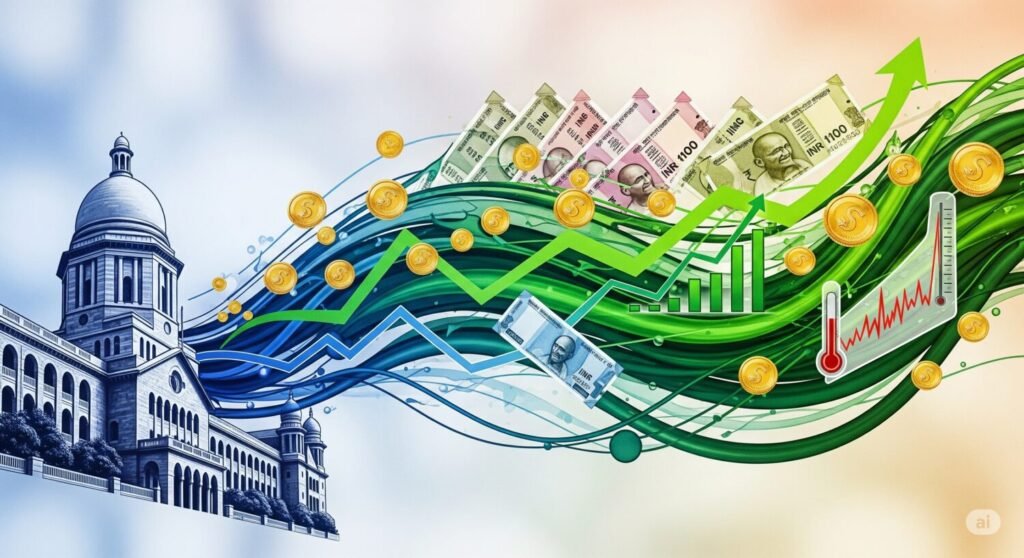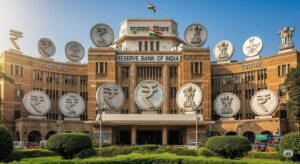The Reserve Bank of India (RBI) is once again in the spotlight as it prepares to make a crucial decision on the repo rate. This move is significant for every one of us, from big businesses to the average person planning to buy a new car or home. The central bank is widely expected to maintain its current repo rate at 5.5%, a pause after three consecutive rate cuts. So, what does this mean for the economy and your wallet?
Why a Pause is on the Cards
After a series of rate cuts aimed at boosting the economy, the RBI seems to be taking a step back to evaluate the situation. Furthermore, inflation, which is a key factor in these decisions, has remained well below the RBI’s target. Despite this, experts believe the central bank wants to assess the full impact of its previous actions before making another move. This cautious approach is a smart way to ensure economic stability. Additionally, the RBI’s previous rate cuts were quite significant, and the full effect of these changes on the banking sector and consumer lending is still unfolding. Therefore, a pause allows for this “transmission” to complete.
The Tug-of-War: Growth vs. Inflation
The RBI’s job is a delicate balancing act. On one hand, it needs to control inflation to keep prices stable. On the other hand, it must also encourage economic growth. While inflation is currently low, there are still external factors at play, such as global trade tensions and geopolitical issues. For example, tariffs imposed by the US are creating a sense of uncertainty that could potentially impact India’s GDP growth. Consequently, the RBI’s Monetary Policy Committee (MPC) is expected to adopt a careful tone in its upcoming announcement, acknowledging these risks without causing panic.
- Key Factors Influencing the RBI’s Decision:
- Low retail inflation, which is below the target.
- The need to fully assess the impact of previous rate cuts.
- Concerns over global economic uncertainties and trade wars.
- A desire to maintain a stable and cautious economic outlook.
What a Stable Repo Rate Means for You
For most people, a stable repo rate is generally a good thing. If you have a home loan or a car loan, it means your equated monthly installments (EMIs) are likely to remain steady. Banks might not be lowering their interest rates on new loans, but they are not increasing them either, which provides a sense of predictability. This is especially helpful for small business owners who might be planning their finances. A stable rate environment allows for better long-term financial planning without the constant worry of changing interest rates. Furthermore, it suggests that the economy is resilient and on a path of steady growth, which is a positive sign for everyone.











